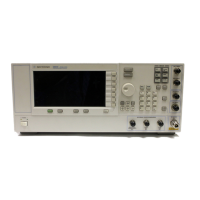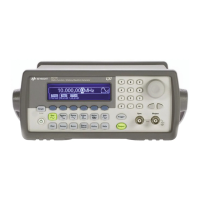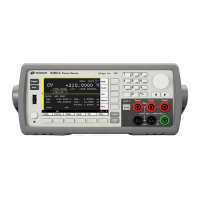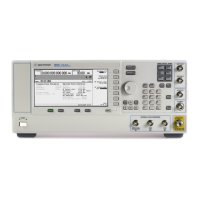Keysight EXG and MXG X-Series Signal Generators User’s Guide 409
Using BERT for N5172B/82B with Option UN7
Bit Error Rate Test
In this example, the triggering sequence is where the trigger delay is active with a cycle count.
The reference data is generated by stored data bits. If the BERT measurement accepts data bits
immediately after receiving a trigger, set the trigger delay to On and the trigger delay count to a
value corresponding to the data format. For PN9 set the delay to 9. If the cycle count is set to more
than 1, it is not necessary to store data bits and no unnecessary delay occurs. Refer to Figure 16-10
and “Repeat Measurements” on page 410.
Figure 16-10
Data Processing
Data Rates
Data rates up to 90 MHz are supported for BERT analysis on unframed or framed PN sequences.
Note that the BERT analyzer supports only continuous PN sequences.
Synchronization
Immediately after the trigger event, the DSP for the BERT measurement tries to establish
synchronization using the first incoming bit stream.
If the Bit Delay Off On softkey is set to On, the number of bits specified by the Delayed Bits are
ignored. The synchronization checking is repeated using an error-free bit string, lengthened by the
Delayed Bits, until synchronization is established.
When the BERT Resync Off On softkey is set to On, the BERT measurements will automatically be
restarted if the intermediate BERT measurement result exceeds the value specified by the BERT
Resync Limits.
Special Pattern Ignore Function
The special pattern ignore function is especially useful when performing BERT analysis on radios
that generate consecutive 0’s or 1’s data for traffic channels when they fail to detect the Unique
Word or lose synchronization. If 160 or more consecutive incoming data bits are either 1’s or 0’s,

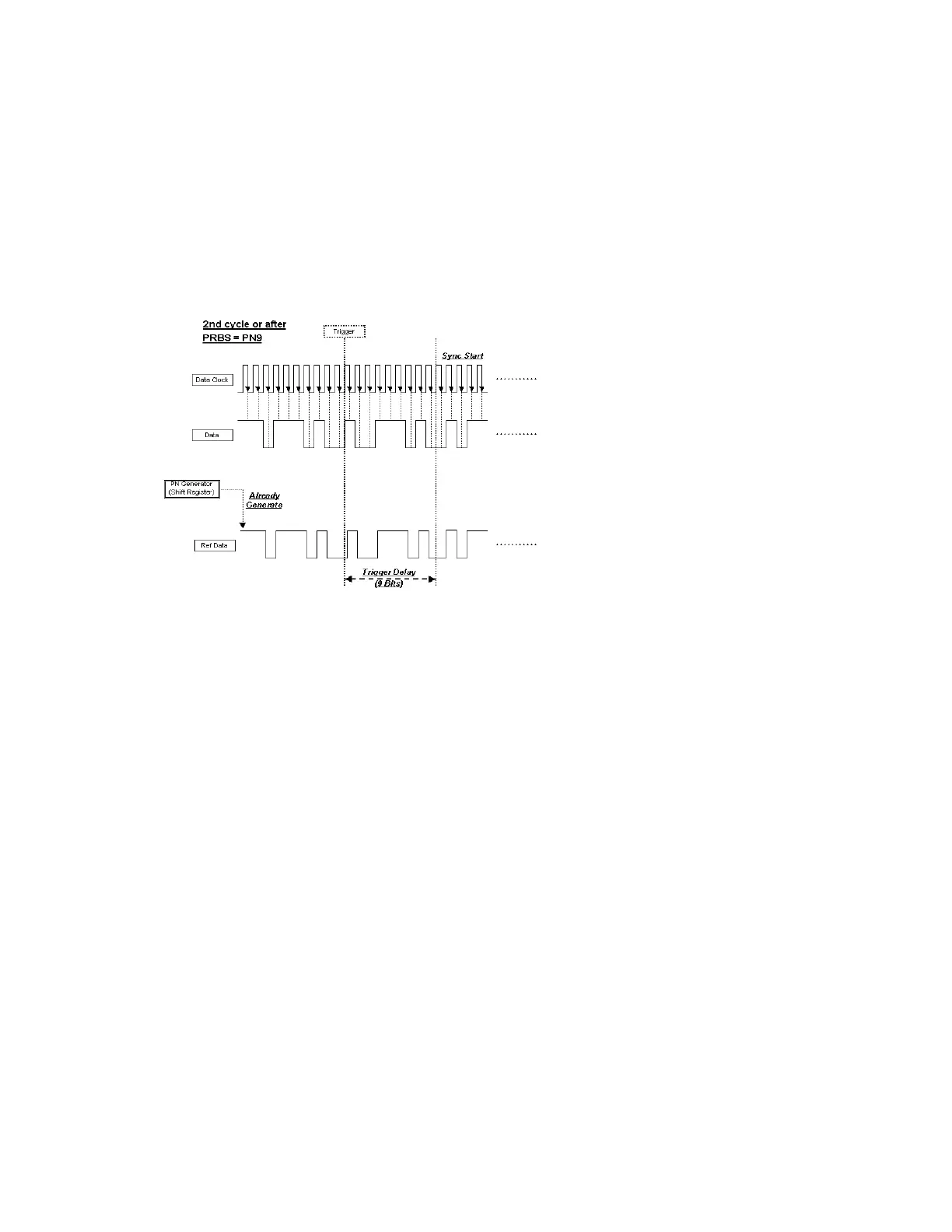